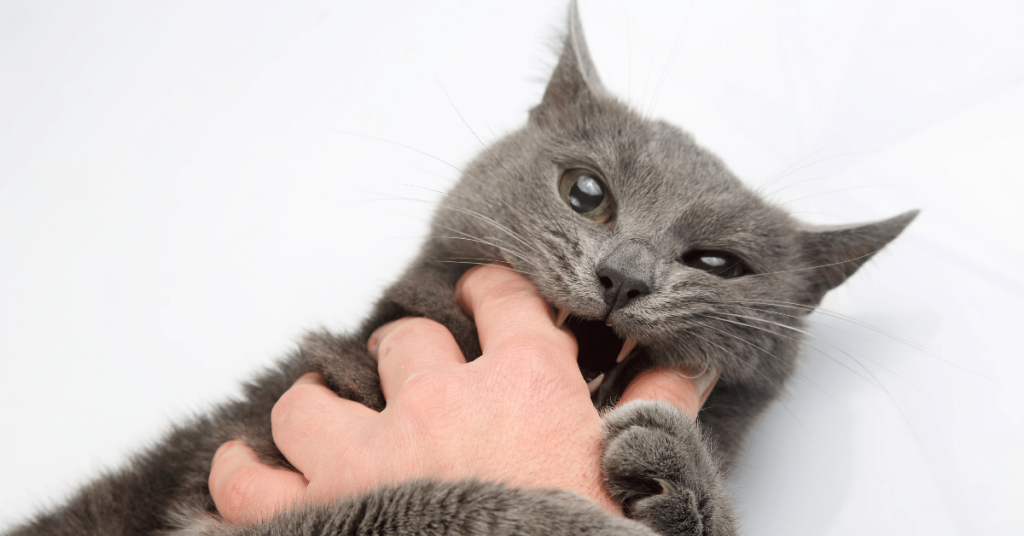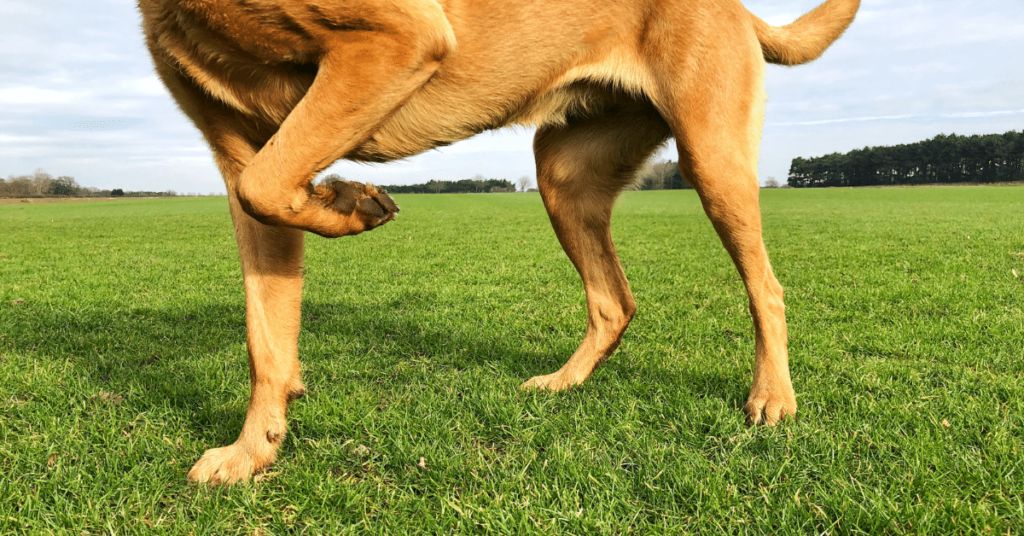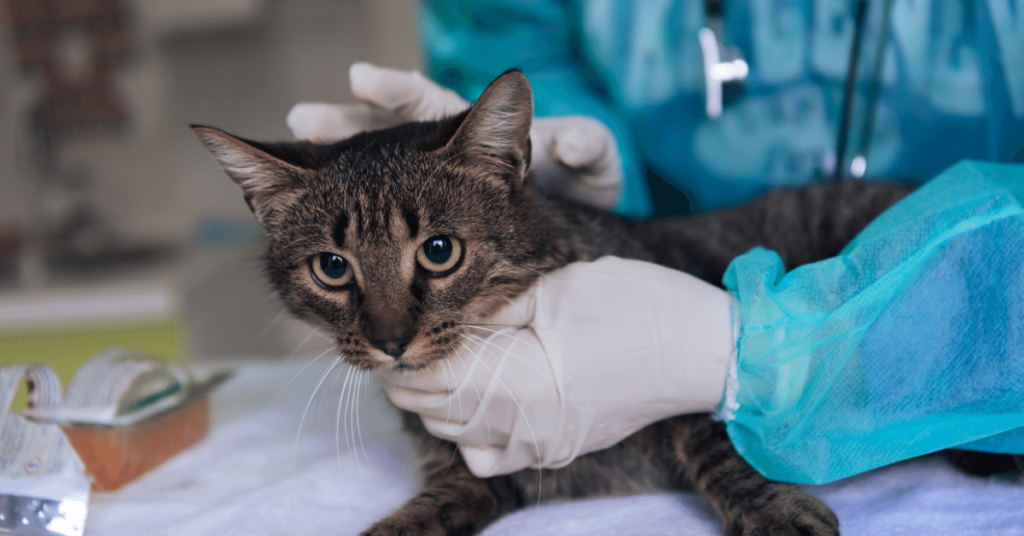Introduction
Cats are known for their independent and sometimes aloof nature, but aggression is a behavior that should never be ignored or tolerated. Understanding the underlying causes of aggression in cats and effectively addressing them is crucial for maintaining a harmonious environment at home. In this article, we will explore how to identify triggers of aggression in cats and implement behavior modification techniques to help your feline friend.
Understanding Aggression in Cats
Before diving into the specific triggers and behavior modification techniques, it is important to have a basic understanding of aggression in cats. Aggression can be categorized into two main types: non-offensive (defensive) and offensive aggression.
Non-offensive aggression typically arises from fear or an attempt to defend themselves. Defensive aggression includes behaviors such as hissing, growling, swatting, and hiding. On the other hand, offensive aggression is displayed when cats act aggressively towards humans, other animals, or even objects. Offensive aggression may involve biting, scratching, or territorial marking.
Identifying Triggers of Aggression
To effectively address aggression in cats, it is essential to identify the triggers that lead to such behavior. Understanding what provokes aggression in your feline friend can help you create a more secure and peaceful environment. Here are some common triggers to look out for:
1. Fear and Anxiety
Fear and anxiety are major contributors to aggressive behavior in cats. Loud noises, unfamiliar visitors, or stressful situations can all trigger fear and anxiety, leading to aggressive responses. Identifying the specific triggers that cause fear or anxiety in your cat is the first step towards addressing their aggression.
2. Medical Issues
Sometimes, aggression in cats can be a symptom of an underlying medical issue. Chronic pain, hormonal imbalances, or neurological disorders can all manifest as aggressive behavior. If you notice a sudden change in your cat’s behavior, it is crucial to consult with a veterinarian to rule out any potential medical causes.
3. Territorial Instincts
Cats are naturally territorial animals, and aggression can arise when their perceived territory is invaded. This can occur when introducing a new pet to the household, moving to a new home, or even rearranging furniture. Understanding the importance of territory to a cat and providing them with appropriate resources can help mitigate aggression stemming from territorial instincts.
4. Lack of Socialization
Insufficient socialization during a cat’s early development stages can lead to fear and aggression towards other animals and humans. Proper socialization, especially in kittens, is crucial to ensure they grow up to be confident and well-adjusted cats.
Implementing Behavior Modification Techniques
Now that we have identified some common triggers of aggression in cats, let’s explore various behavior modification techniques that can help address these issues effectively:
1. Positive Reinforcement
Positive reinforcement is a powerful tool in modifying your cat’s behavior. Rewarding desirable behaviors, such as calm and non-aggressive reactions, with treats, praise, or playtime can reinforce those behaviors over time. Ensure that you remain consistent in your training approach and offer rewards immediately after the desired behavior is displayed.
2. Environmental Enrichment
Providing your cat with a stimulating environment can help reduce their anxiety and aggression. Enrichment activities such as puzzle toys, scratching posts, and vertical spaces can redirect their focus and provide mental stimulation. Additionally, offering hiding spots or safe zones can help cats feel more secure and reduce their inclination to display aggressive behavior.
3. Desensitization and Counterconditioning
Desensitization and counterconditioning techniques involve gradually exposing your cat to their triggers in a controlled manner, while simultaneously associating positive experiences with those triggers. For example, if your cat becomes aggressive towards visitors, you can slowly introduce them to calm and friendly strangers, rewarding your cat for calm behavior. This process helps change their emotional response from fear to acceptance.
4. Consultation with a Professional
In some cases, aggression in cats may require the expertise of a professional behaviorist or veterinarian. They can assess the specific situation, identify underlying causes, and recommend tailored behavior modification techniques. Always seek professional guidance if your cat’s aggression is severe or does not improve with home-based interventions.
Summary
Addressing aggression in cats is a multi-faceted process that involves identifying triggers and implementing appropriate behavior modification techniques. By understanding the underlying causes and providing a secure environment, you can help your feline friend overcome their aggressive tendencies. Remember to approach the process with patience, consistency, and professional guidance when needed.







